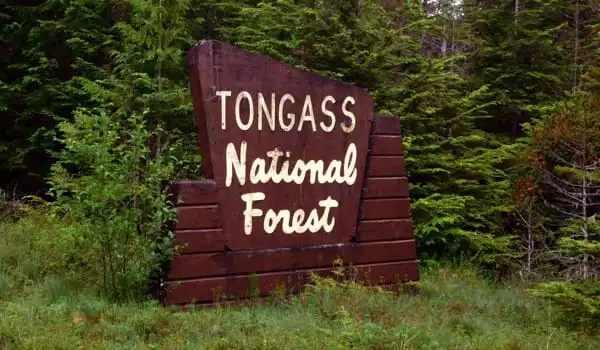About Tongass National Forest
With 16.7 million acres, the Tongass National Forest in Southeast Alaska is the largest in the United States. The majority of the land is temperate rain forest, and it is distant enough to support numerous endangered and uncommon species of flora and wildlife. The Tongass National Forest, which is maintained by the US Forest Service, includes the Alexander Archipelago’s islands, fjords and glaciers, and Coast Mountains summits. The summit of the Coast Mountains’ Boundary Ranges forms an international boundary with Canada. Ketchikan Forest Service offices manage the forest. Craig, Hoonah, Juneau, Ketchikan, Petersburg, Sitka, Thorne Bay, Wrangell, and Yakutat each have a local ranger district office. Tlingit, Haida, and Tsimshian peoples call it home.
Species
The area has the world’s largest full temperate rainforest, which is shared with British Columbia’s Great Bear Rainforest to the south. The Tongass National Forest is an island archipelago of infinite streams, glacial fjords, and green valleys that back into the Rocky Mountains and enormous forests of towering, old-growth cedar, spruce, and hemlock trees that runs 500 miles north to south. All five Pacific salmon species may be found in the Tongass, as well as brown (grizzly) bears, wolves, Sitka black-tailed deer, Bald Eagles, Northern Goshawks, and Marbled Murrelets.
Why it is so Important?
The Tongass is the Crown Jewel of the United States’s National Forests. It has the biggest complete stands of coastal temperate rainforest on the globe, making it an increasingly uncommon global asset. It’s a place where the forest meets the sea, and as a result, it’s home to some of the world’s most thriving wild salmon populations. For thousands of years, these fish have provided food for the area’s indigenous inhabitants. Brown bears, wolves, and bald eagles thrive there, as does a thriving local fishing culture. It is crucial to help minimize climate change by keeping this incredibly enormous forest intact.

Tourism
It is renowned as the biggest forest in the United States of America, with approximately one-third of its entire area designated as wilderness. Its deep evergreen forest is dominated by western Sitka spruce, western hemlock, and red cedar. The Tongass National Forest’s glaciers are well-known as one of the most popular tourist attractions.
Each year, hundreds of thousands of visitors go to the Tongass in the hopes of witnessing its majesty: two-hundred-foot-tall spruce and 500-year-old cedar trees rising overhead.
Threats
The Tongass National Forest, America’s biggest national forest, is still under threat from fresh legislative efforts to clear-cut rare and important old-growth trees. Furthermore, the previous Trump administration revealed intentions to release a final Alaska-specific Roadless Rule in October 2020, abolishing roadless safeguards for the Tongass National Forest and allowing millions of acres of priceless old-growth temperate rainforest to clearcut logging. Alaska state officials and the Alaska congressional delegation are attempting to impose on local communities and the region’s economies something they do not want or need: a resurgence of large-scale clear-cutting and an attempt to resurrect an industry that accounts for less than 1% of the region’s economy.





